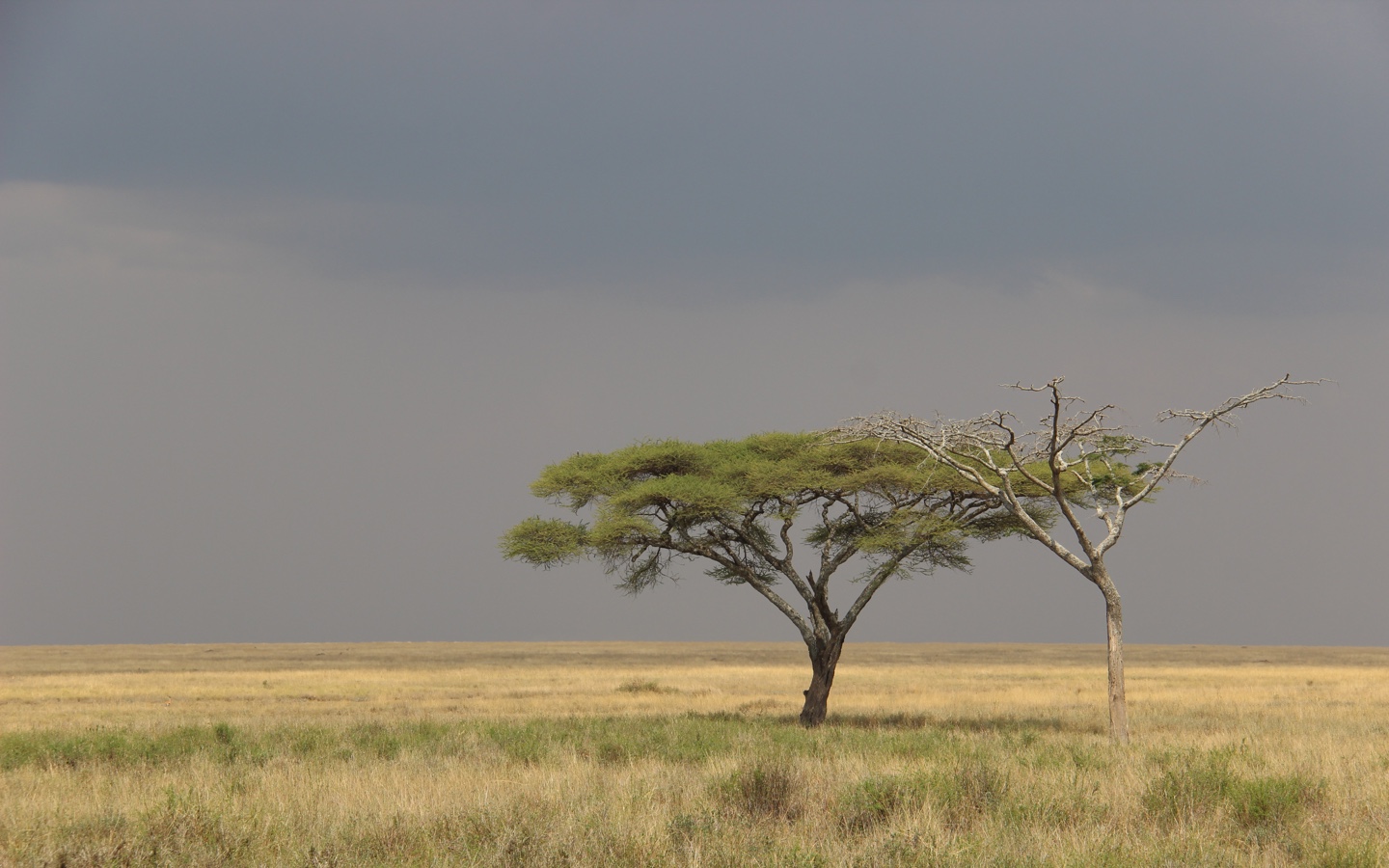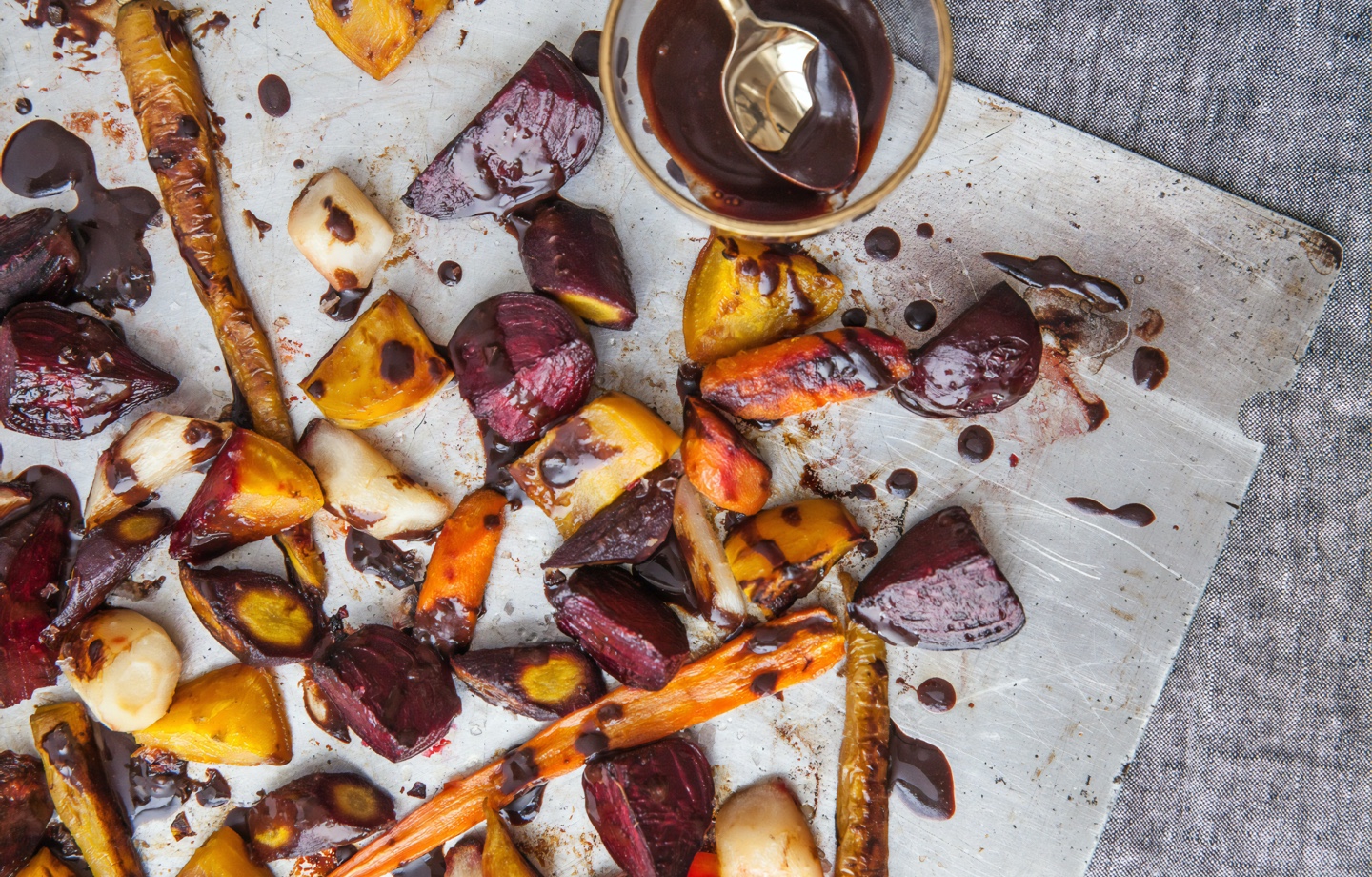Grilling briquettes contribute to greenhouse gases, deforestation, and contain toxic chemicals. To grill sustainably, just make a few small changes.
Grilling with friends on a hot summer day is one of life’s great pleasures. And it’ll be even sweeter this year, as many people lucky enough to live in countries with access to vaccines will likely be charing veggies alongside loved ones they may not have seen in more than a year.
But before you dust off those grates, here’s something to consider: What is the environmental impact of your preferred grilling method? To put things into perspective, grilling is small potatoes in the total U.S. carbon footprint, accounting for only about 0.0003% annually. However, among the few grilling methods available, there are distinctions when it comes to greenhouse gas contributions and sustainability. And if you’re hoping to better manage your personal carbon footprint and grill sustainably, you may want to reconsider cooking with those sooty little briquettes we call charcoal.
The main issue with charcoal is obvious if you’ve ever manned the grill and watched the smoke rise in your face. Charcoal briquettes — which are made of compacted sawdust and often other ingredients — can make use of otherwise wasted materials. The thing is though, they emit much more carbon dioxide than gas when burned. One study found that charcoal releases about 11 pounds of carbon dioxide per hour burned, while gas releases about 5.6 per hour burned. On top of that, most briquettes are made with additives like lighter fluid and sodium nitrate that release particulates and volatile organic compounds into the air. The latter, which often come from man-made chemicals, can also have negative health effects with long-term exposure and have been found to linger in the air and as groundwater contamination.

The other predominant method, gas grilling, has its own downsides, of course, since propane gas is a fossil fuel. Some point out that lump charcoal, which, unlike briquettes, consists of full chunks of wood, can be a renewable source of energy because it’s made from trees that could ostensibly be replanted. But that’s not always the case. Which leads to the other big concern about charcoal: It contributes to deforestation.
Read More: Old-Growth Forests are Declining Here’s Why That’s So Devastating
As Chikezie Omeje reported in the New Republic, the United States imported more than 158 million kilograms of charcoal in 2020, a 42 percent increase from 2019 alone. The demand for charcoal has hit African countries particularly hard, as the continent is responsible for about 58 percent of the world’s 53.6 million tons of charcoal wood production each year, according to the Food and Agriculture Organization of the United Nations. Studies have found that charcoal is among the top drivers of forest cover loss in countries including Zambia, Nigeria, the Democratic Republic of Congo, Ethiopia, and Tanzania. Nigeria lost more than half its forest between 2007 and 2017, Omeje writes, while The Associated Press reports that Uganda’s forest cover decreased from 24 percent to nine percent from 1990 to 2015.
Efforts have been made in some countries, like Zambia, to cut down on drivers of deforestation, illegal logging remains another major issue associated with charcoal. Interpol has estimated that illegal logging accounts for 10 to 30 percent of the world’s timber trade, and may be responsible for as much as 90 percent of deforestation in some countries. Meanwhile, the World Wildlife Fund estimates that the rate of illegal logging in the DRC is 65 percent, and in Tunisia, incidents of illegal logging went up during the pandemic. So sourcing charcoal that’s been sustainably harvested can be difficult and convoluted.

But there are plenty of ways to decrease your grill’s impact on the environment. No matter what kind of grill you’re working with, it’s worth keeping a close eye on how long you keep it burning. You can cut down on that time by making sure to clean the grill right after using it, which helps it preheat faster and removes grime that contributes to excessive smokiness. If you already have a charcoal grill and don’t want to buy a new one, there are alternatives to charcoal briquettes that lack the additives, burn more efficiently, and are made from more sustainable ingredients.
Read More: What is Zero-Waste Cooking?
For lump charcoal, look for the Rainforest Alliance of Forest Stewardship Council certification that indicates more responsible sourcing. It’s possible to seek out charcoal briquettes that don’t have additives in their ingredients list and are more sustainably sourced, but perhaps the best option for charcoal stoves eschews wood altogether. Coconut briquettes, made from older, tougher coconut shells and bound with tapioca, have been positively received by even die-hard grilling fans since they burn hotter, longer, and with less ash. And, fun fact: The ashes can also be dumped straight into the garden as fertilizer when dinner’s over.
It’s worth adding that what you’re grilling is just as important as what you’re grilling it on. Many studies have pointed out the environmental benefits of cutting down on meat consumption; beef production, in particular, contributes incredibly high amounts of greenhouse gases, and livestock use up disproportionately more farmland than any other food category.
A study in Science found that plant-based food emissions are 10 to 50 times less on average than those from animal products. Whether you’re vegan, vegetarian, or trying to cut back on how much meat you’re eating, loading up a grill with hearty veggies, mushrooms, and veggie burgers can be just as satisfying — if not more so — than hot dogs and hamburgers.
If you want to grill some meat, your best bet would be sourcing pasture-raised varieties from a local farm. Or, try out meat-free alternatives, like this Summer Grill Pack from the Herbivorous Butcher, which tastes like real meat but comes with a much smaller carbon footprint. There are ways you can make cookouts more sustainable, and good thing, too — manning the grill is stressful enough.
Read More: Easy Ways to Eat Less Meat

Shop Pillows
The Essential Organic Pillow Collection
Gentle, breathable, non-toxic support.




